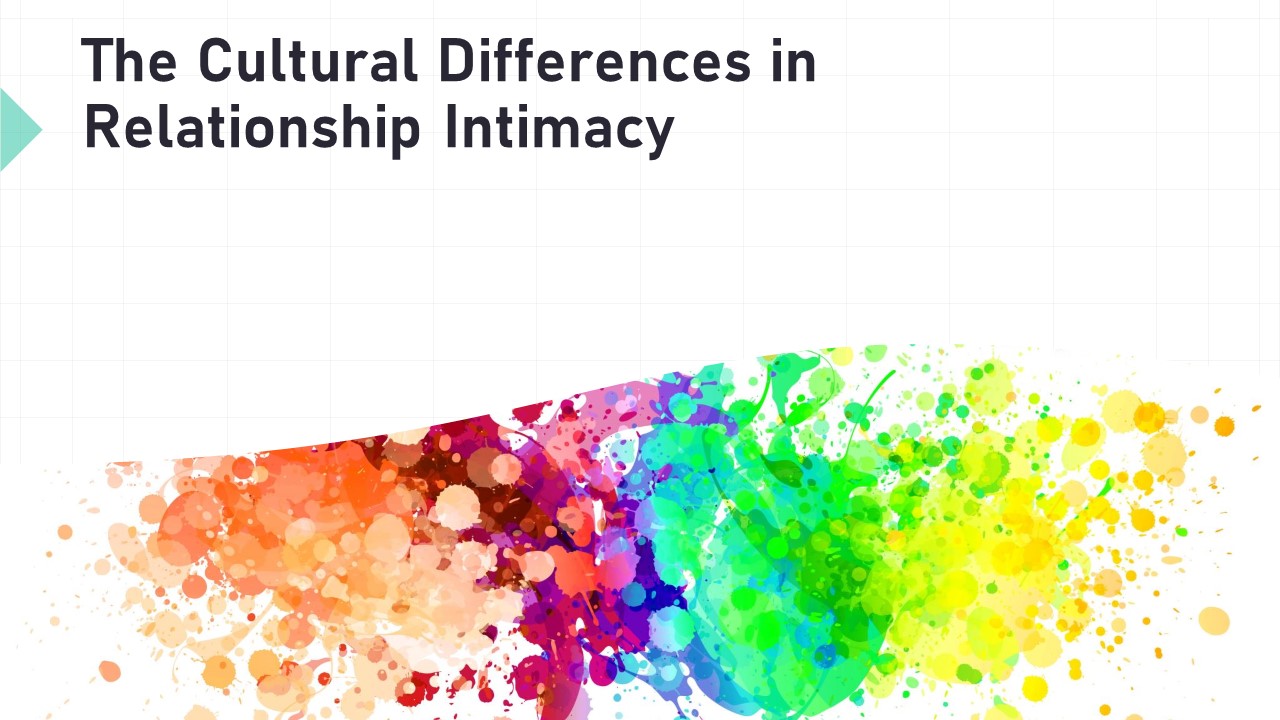The feeling of intimate belonging fulfills people’s needs for intimacy. However, people can satisfy their need to belong in various ways in different cultures, depending on their norms. A distinction between collectivistic (interdependent) and individualistic (independent) values is especially important for our understanding of intimacy as a fulfilled need to belong.
The Cultures of Intimacy in Collectivistic and Individualistic Societies
People in an individualistic, independence-oriented society like the United States are constantly assured from childhood that they belong and are loved. Yet, as they grow in childhood, parents encourage them to be independent and autonomous. Over time, they feel proudly autonomous, yet they may feel a little lonely. Parents are busy with their jobs and own problems. Therefore, teenagers strive to break through such lonely autonomy and look for other intimate bonds, such as moving in with someone else, marriage, and family.
People in a collectivistic, family-oriented society like Japan feel embedded in a family group from childhood. They implicitly feel these intimate ties with other members of the family. Therefore, they do not really need the reassurance of intimacy in family bonds. This is why they don’t really feel the need for another source of reassurance of intimate belonging from their marital partner, at least not to the same degree as people in individualistic cultures do.
What Is Special about Japanese Intimacy?
Some studies have shown that Japanese intimacy is not low – just different from North American and Western European views and notions of intimacy (see for review, Karandashev, 2019).
As I said above, Euro-Americans living in individualistic, middle-class, or urban cultures are proud of being independent in relationships. However, despite this feeling of being autonomous, they feel an obvious need to belong to their parents’ family.
When pushed out of their parental nest, they look for another source (a partner) to whom they could belong. And, as before in childhood, they need to feel from others that they are accepted and doing a “good job!” And they frequently do this to each other, both verbally and explicitly. It is because they have an implicit feeling of autonomy and independence. They need to hear that “they are doing great!” explicitly and repeatedly. Yet their need to belong must also be assured through direct verbal communication.
On the other hand, Japanese people have different cultural socialization strategies and childrearing philosophies. Children living in a collectivistic culture from birth already feel embedded in their family ties. Their model of attachment in childhood is culturally different. They are already aware of their intimate connections with other members of their family. Therefore, they don’t need constant and explicit verbal confirmation that they belong, as European Americans do (see, for instance, Keller, 2013, 2018).
This is why the Japanese may appear less direct in their intimate communication. It is because they understand it implicitly. However, Japanese couples in committed love relationships are high only in such qualities of intimacy as mind reading, compassion, assurance, and social network support (Roland, 1988).
Expressive versus Low-expressive Intimacies
The comparison of Japanese culture, as an East-Asian collectivistic culture, with European-American culture, as a Western individualistic culture of expressions of intimacy, might be simplistic. Many other non-collectivistic cultures can still be reserved and emotionally inhibited in their communicative preferences.
The difference in high-contact versus low-contact cultural values could be another explanation. Not only are Asian societies low-contact cultures (Barnlund, 1975; Klopf & Thompson, 1991; McDaniel & Andersen, 1998).
The Cultures of Low-Expressive Intimacies
People in Scandinavian and Nordic societies also display a low-expressive style of interpersonal interaction (see more in Karandashev, 2021).
Finns, like Norwegians and Swedes, prefer silent speech with relatively long pauses and slow-moving turns of speech. They often listen to each other without external evidence or feedback, yet this is their way of listening most attentively (Nishimura, Nevgi, & Tella, 2008; Tella, 2005).
For instance, in Finnish culture, people use the word “rakkaus” (love) only occasionally. Several other Finnish words implying the emotions of love without direct reference to the word “rakkaus” are also used by Finns (Haavio-Mannila & Roos, 1999).
Here is a folklore anecdote on Nordic marital intimacy. A Finnish couple, husband Eino and wife Aino, are celebrating their 5-year anniversary of marriage. She asked:
- Eino, do love me?
Eino answered:
- Yes, Aino, I already told you about this five years ago. If something changes, I will let you know.
This joking folklore anecdote is surely an exaggeration. But the reserved expression of intimacy is quite common for Nordic people, such as in Norway, Sweden, and Finland, as well as for East-Asian people, such as in Japan, China, and Korea.
